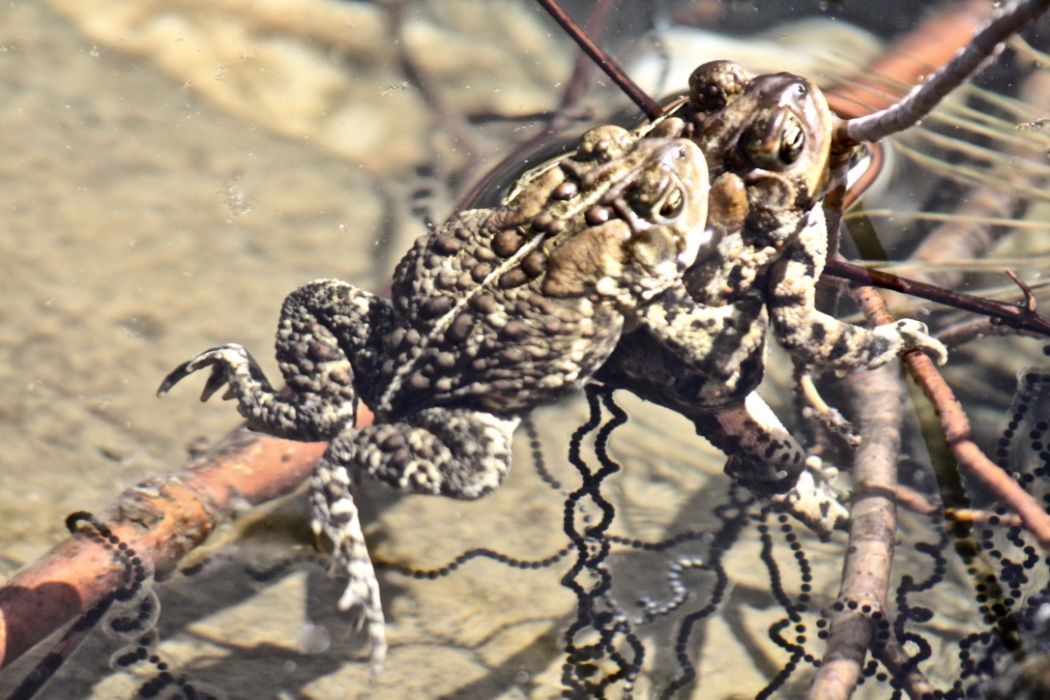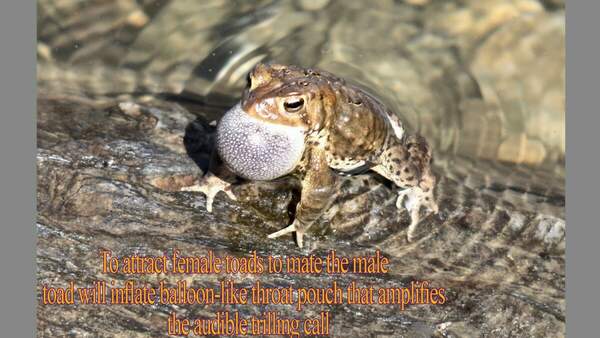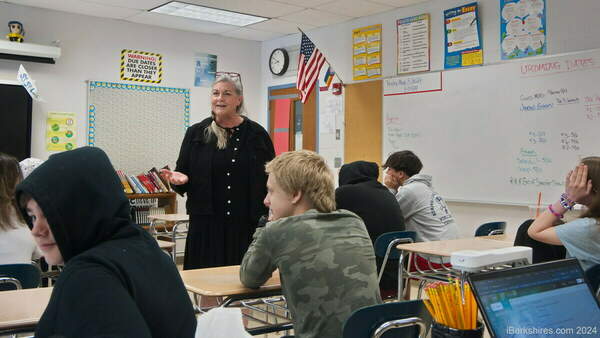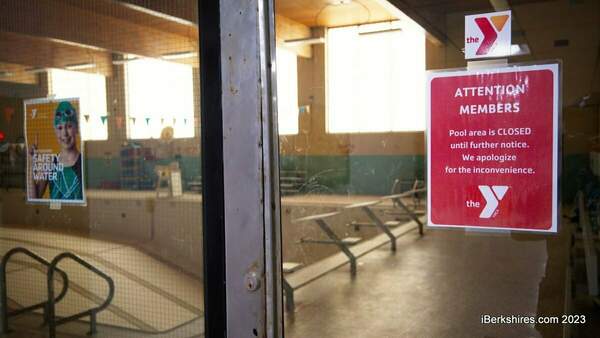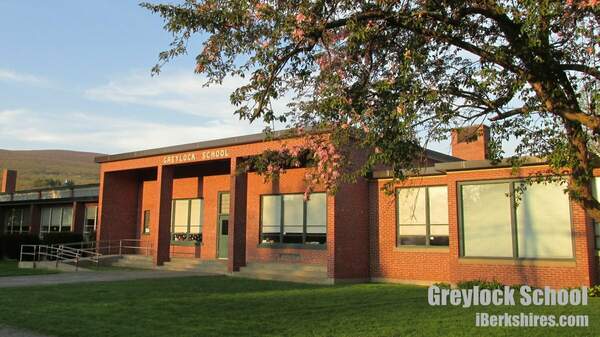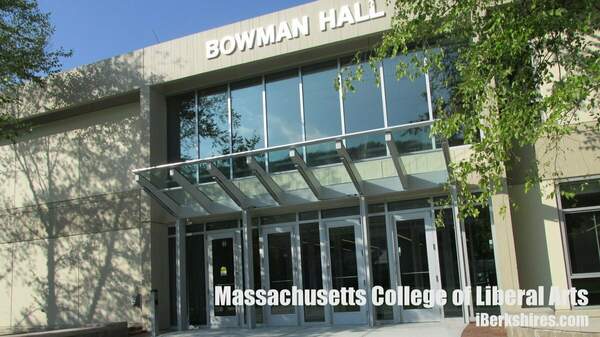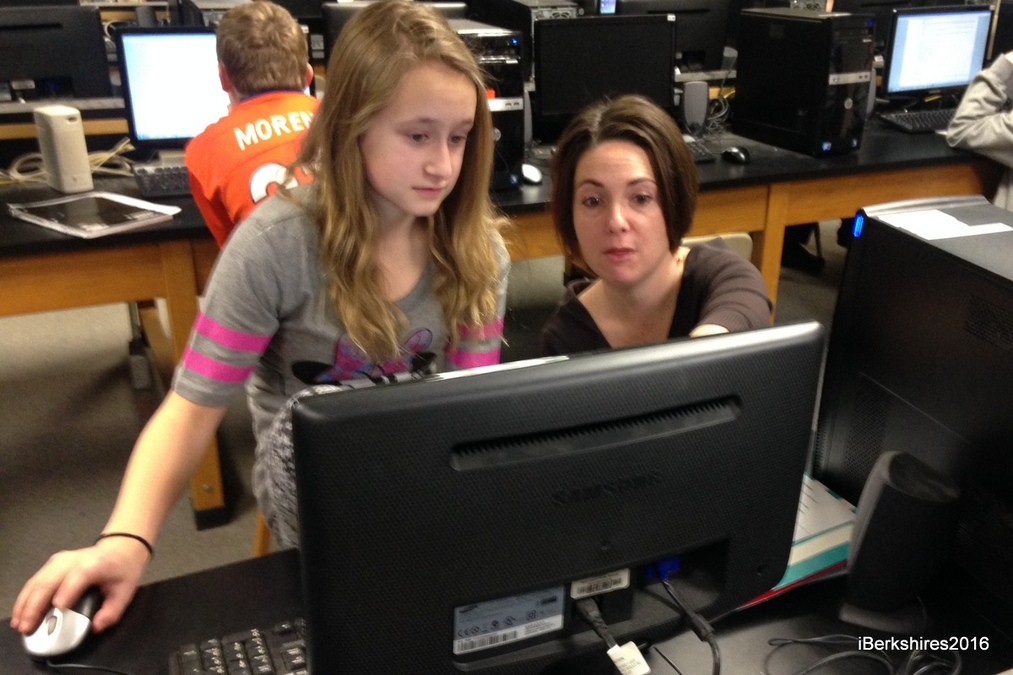
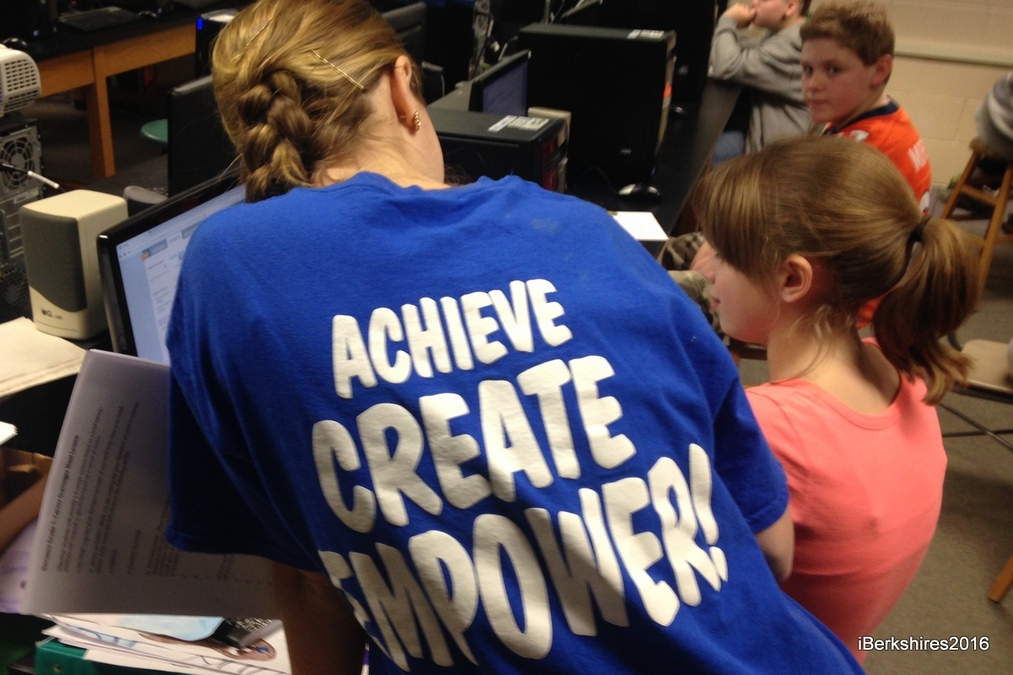
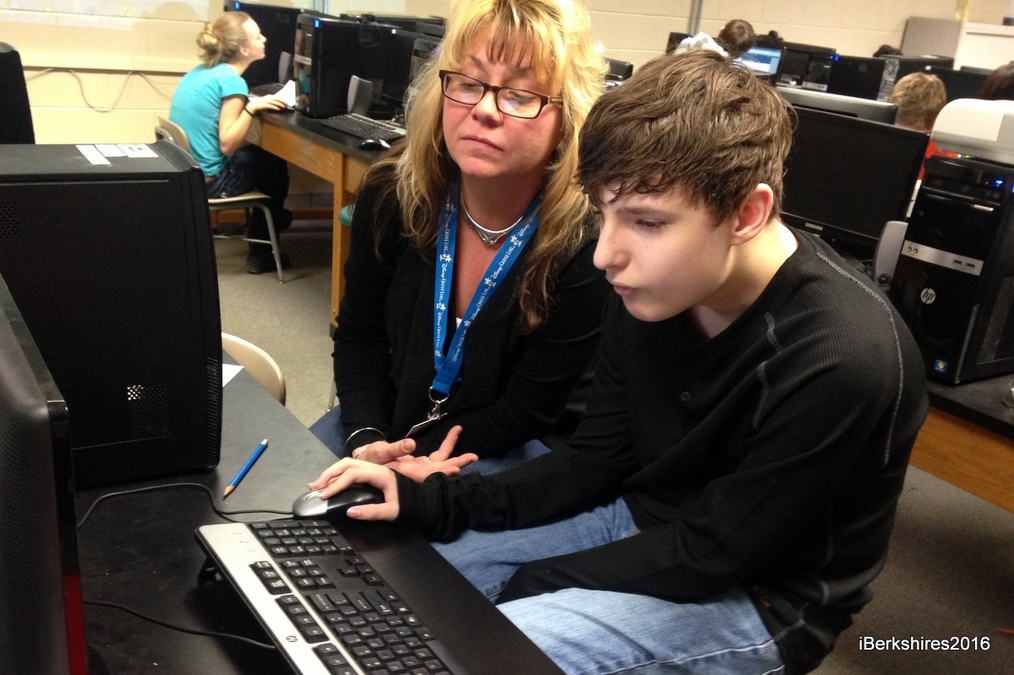
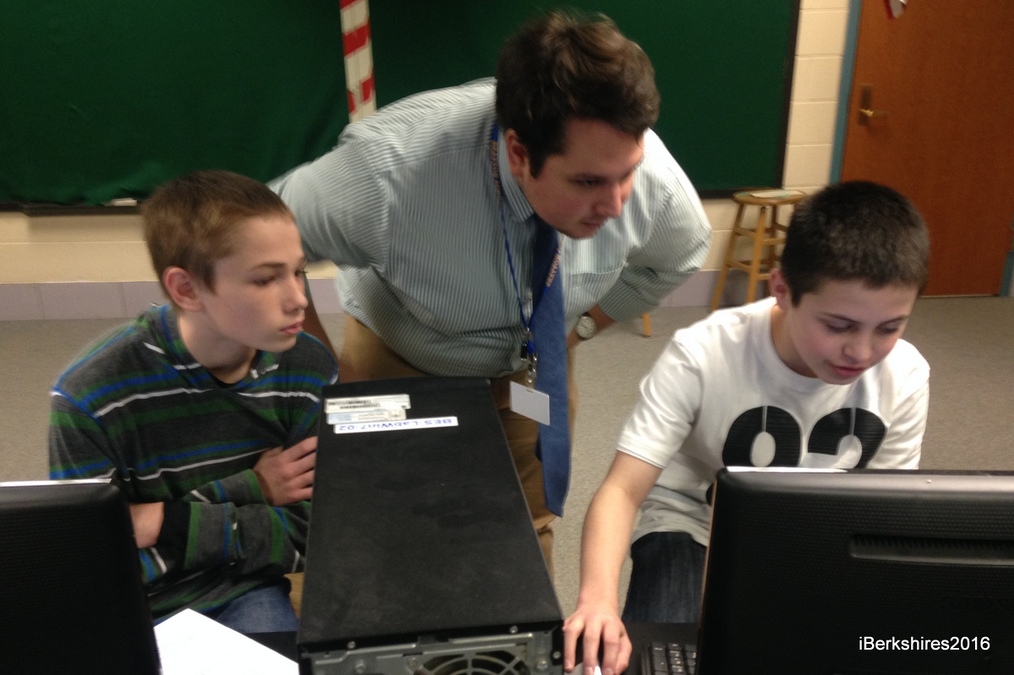
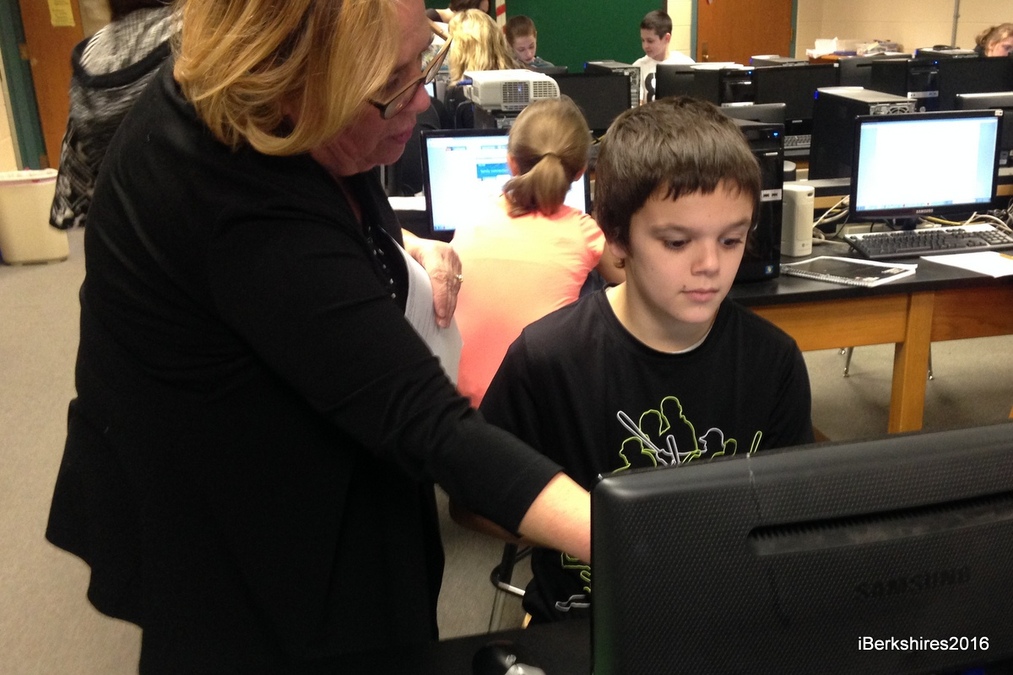
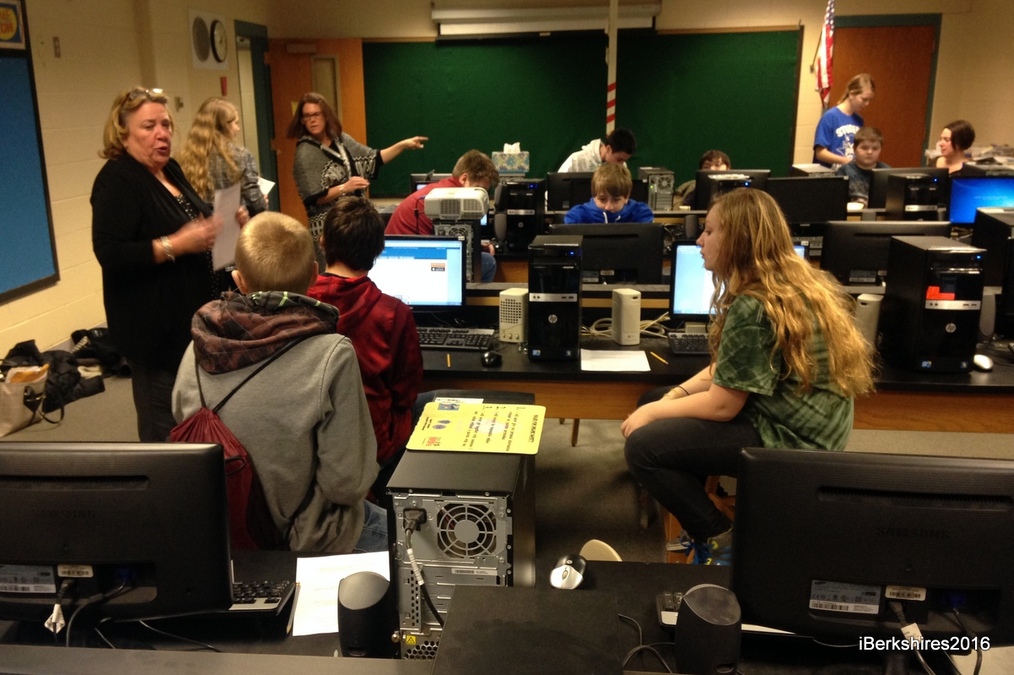
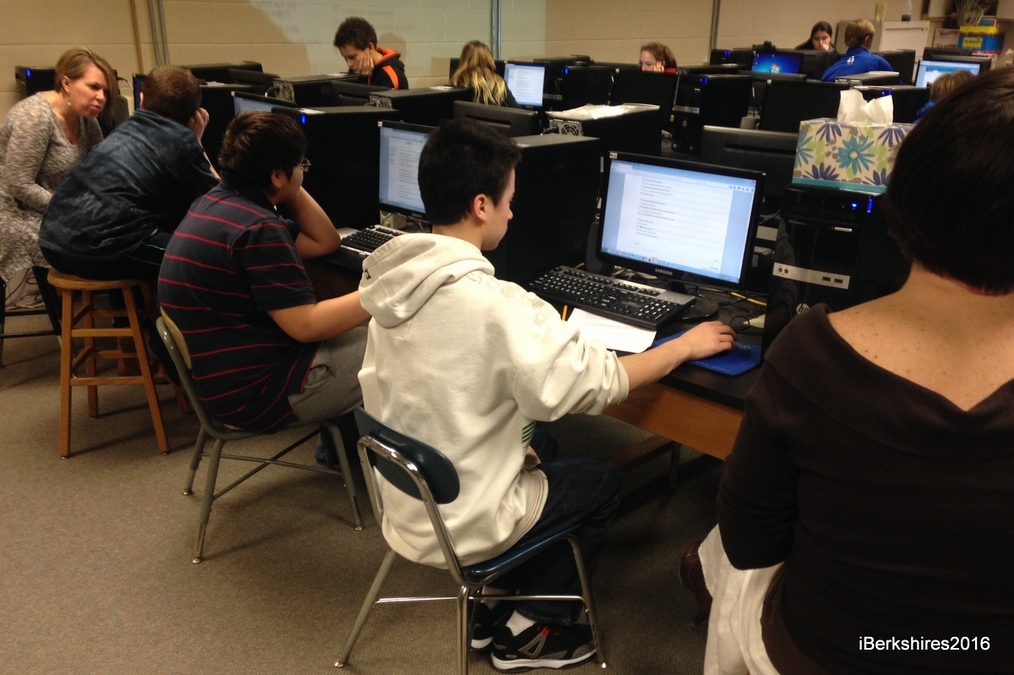
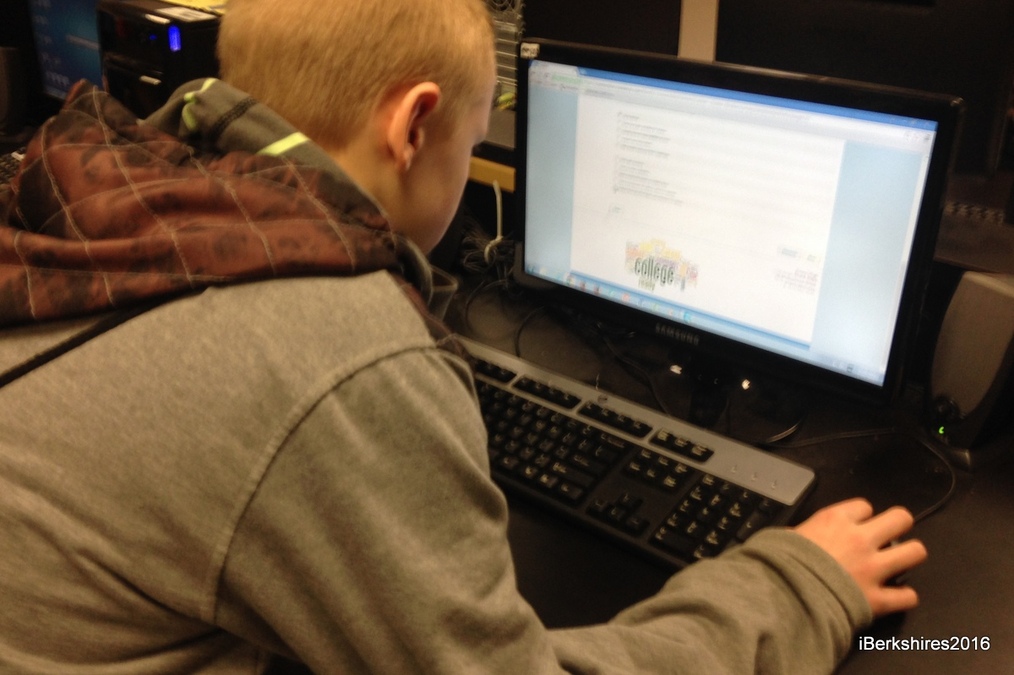
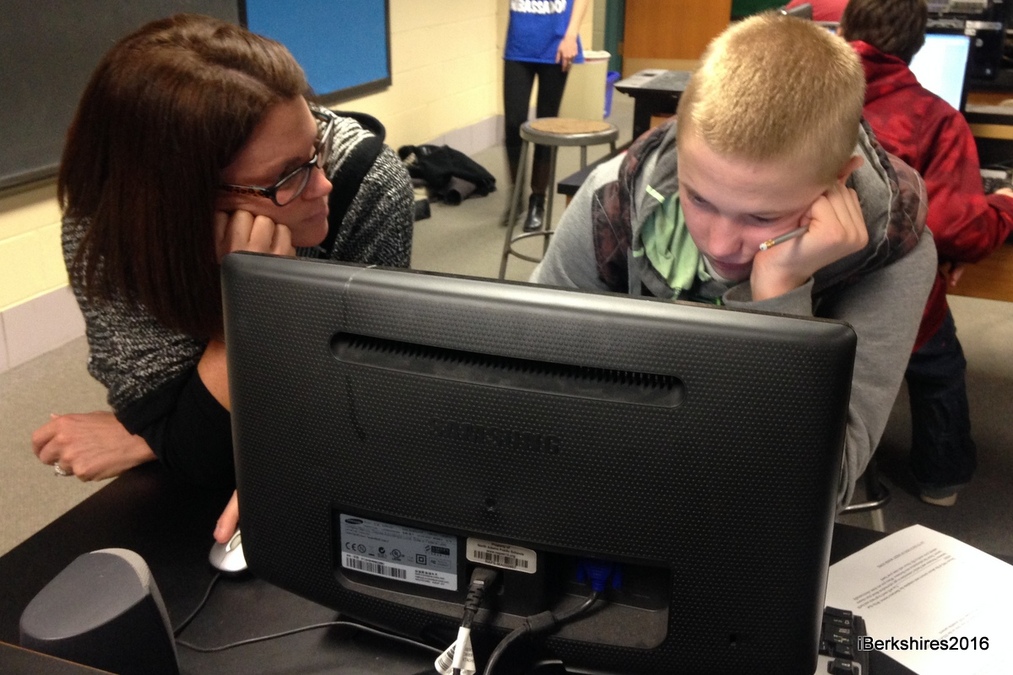
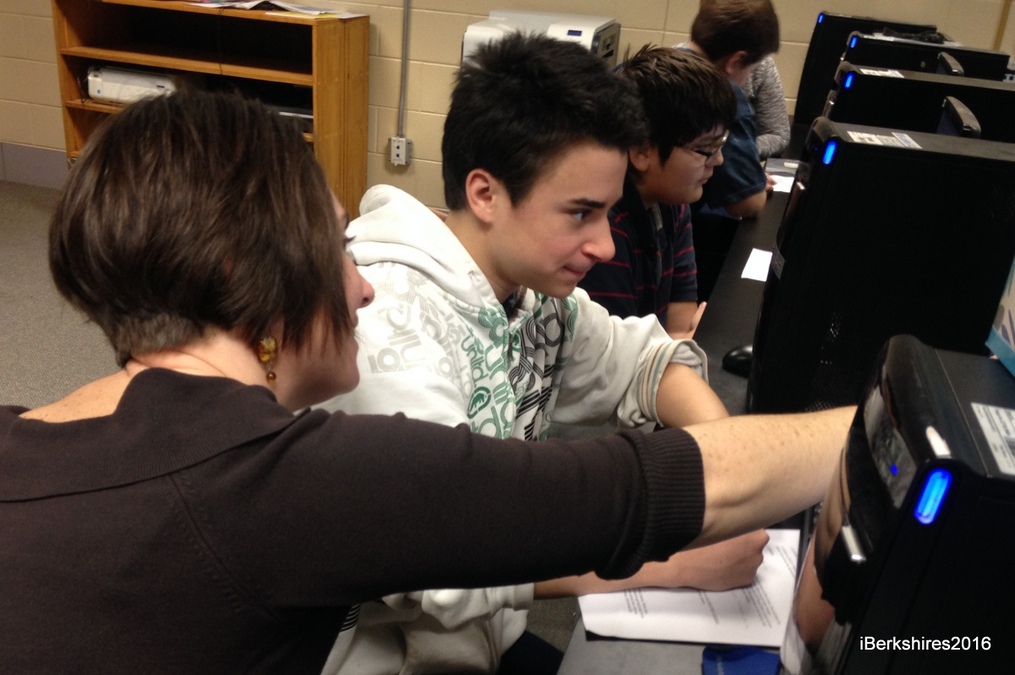
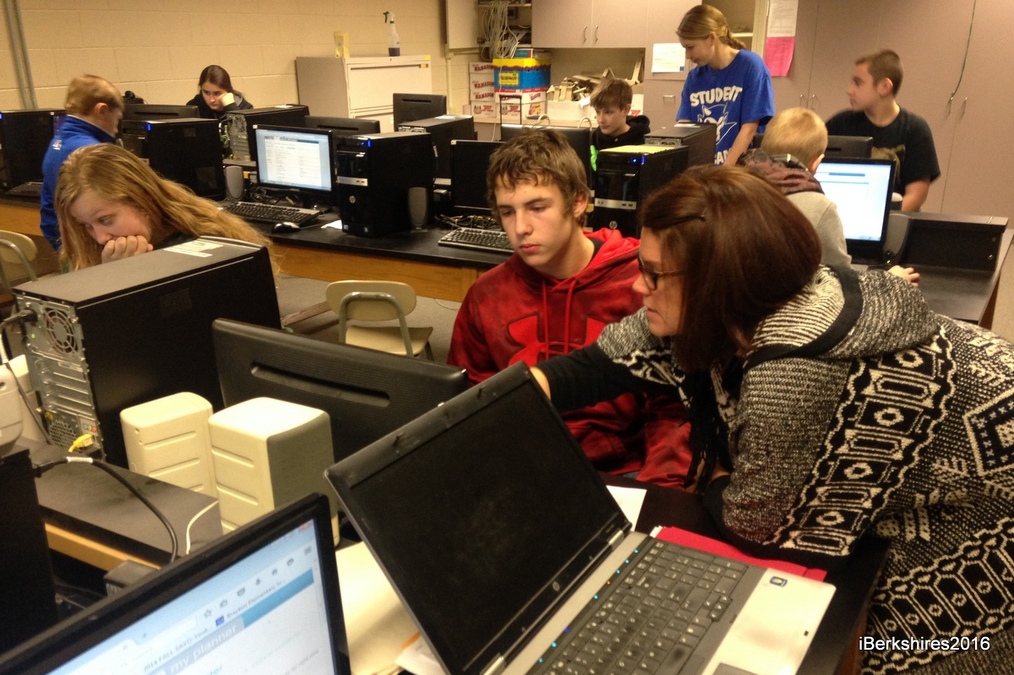
Software Gets North Adams Tweens Thinking About Careers
NORTH ADAMS, Mass. — What do you want to be when you grow up?
It's a question children often hear as early as preschool, as they don plastic doctor's equipment or pretend to race cars or fly to the moon, but it's not a serious question often until the second half of high school.
In North Adams, though, a push is being made to introduce students as young as sixth grade to the idea that there is a multitude of careers they can choose to explore based on their strengths and weaknesses.
Molly Meczywor, Drury High School's College and Career facilitator, recently purchased a curriculum for younger students on the district's college/career planning platform, called Naviance. Over the course of this school year, she and a couple Drury student ambassadors have taken this program out to Brayton and Colgrove sixth- and seventh-graders to help get the wheels turning in the heads of these tweens.
"It's a program that anyone in Grades 6 through 12 can use," Meczywor said on a recent school day when she worked with students in the Brayton Elementary School computer lab. "We don't just wait until they're a junior or senior to start talking about college."
For the sixth-graders, the program allows the students to go through a checklist of possible strengths and interests before narrowing the results down to three "career clusters," or series of jobs that have something in common with each other that might match a student's interests. The seventh-grade curriculum delves more deeply into those careers.
"It's cool because the kids will talk to each other," Meczywor said. "They will start to identify their strengths."
Meczywor said it's important that elementary school teachers "buy into" the program so they will continue to regularly incorporate it into their classrooms. Rebecca Sawyer, who teaches English/language arts to both sixth- and seventh-graders, said she is happy to do just that so that the kids can start thinking about their futures even before their parents start talking to them about it.
"I feel it really opens their minds to what the possibilities are," she said.
Accompanied by Drury students ambassadors Madi Marceau and Jill Tietgens, Meczywor introduced the students to the program by having them define what a career is and encourage them to be honest when checking off boxes such as "likes to negotiate" or "enjoys being creative."
Marceau and Tietgens said they have used Naviance regularly at Drury and enjoy helping the younger kids, from figuring out how to log them in to the system to telling them what words like "negotiate" even mean.
"I think it helps them get started," Tietgens said. "They're very involved in it."
Meczywor agreed that helping these young students plan for the future is a "win win" all around.
"Just to have these conversations is exciting," she said.
Tags: Brayton, career readiness, computers, Drury High,

.jpeg)
